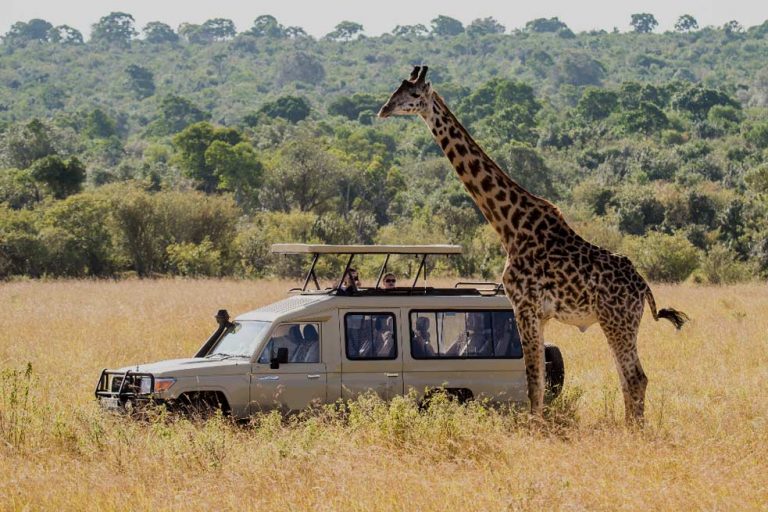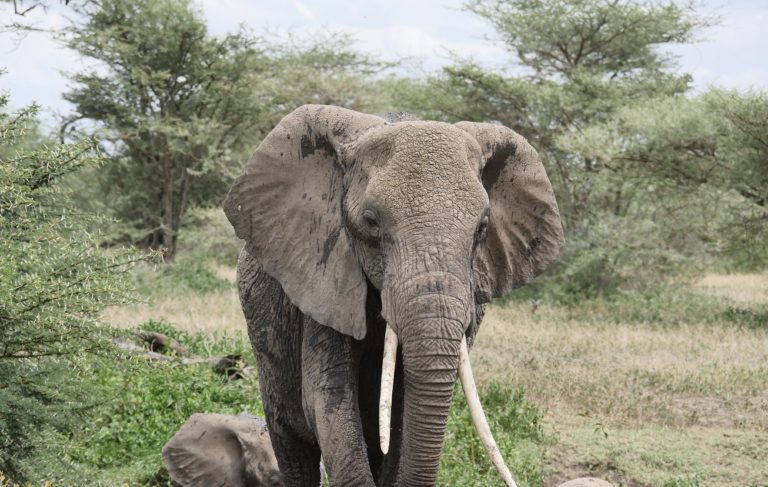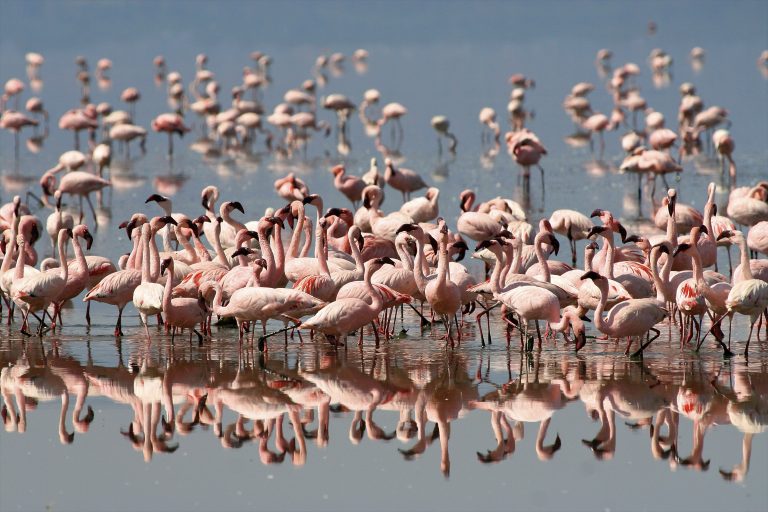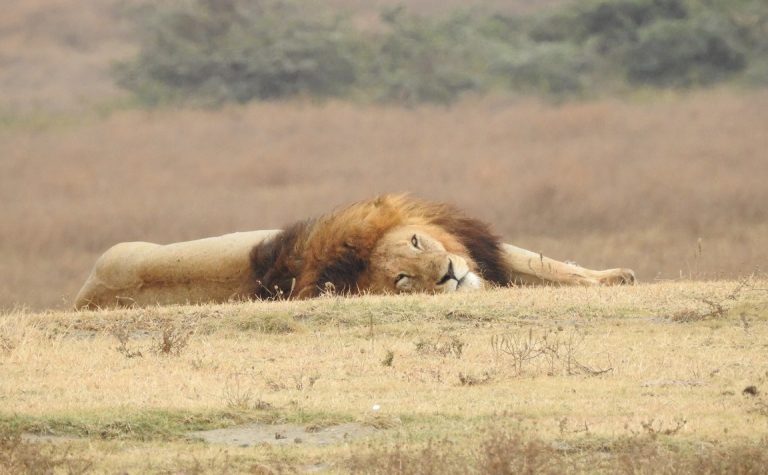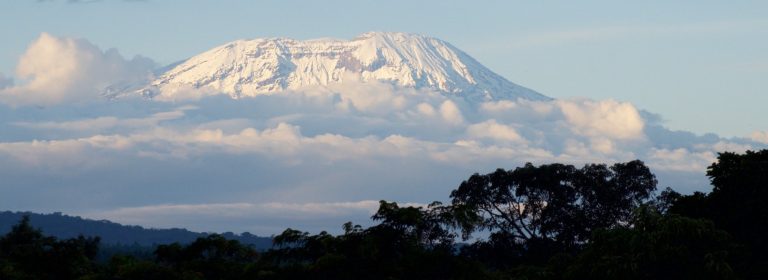Serengeti National Park
Tanzania safari in Serengeti
Covering an area of 14763 sq km, Serengeti National Park is the largest national park in Tanzania. The park is located about 320 km north-west of Arusha, lying in a high plateau between the Ngorongoro highlands and the Kenyan-Tanzanian border, and extending almost to Lake Victoria to the west.
Aptly named ‘endless plains’ by the Maasai, you immediately experience this vastness when you enter the south-eastern plains of the park from Ngorongoro. Declared a protected area in 1921 and gazetted as a national park in 1951, Serengeti is the oldest national park in Tanzania and undoubtedly one of the most famous wildlife sanctuaries in the world. The most recognisable features of the Serengeti are the short and long grass plains in the south and east, the acacia savannah in the central areas, the hilly and densely wooded areas in the north and the extensive woodland in the west.
There is a variety of scenery, including the plains, lakes, hills and the rock outcrops called kopjes. The main wildlife drive areas in the Serengeti are the Seronera Valley, the Western Corridor, and Lobo or northern Serengeti. The Seronera valley in central Serengeti attracts a large concentration of wildlife throughout the year because of the permanent surface water.
Common animals that can be seen here are lions, buffaloes, impalas, hippos, waterbucks, African elephants, cheetahs and the leopard. From December, when the long rains start, to May, the eastern Serengeti plains provide the best opportunities for wildlife viewing as hundreds of thousands of the migratory animals are concentrated in this part attracted by the short palatable grass.

